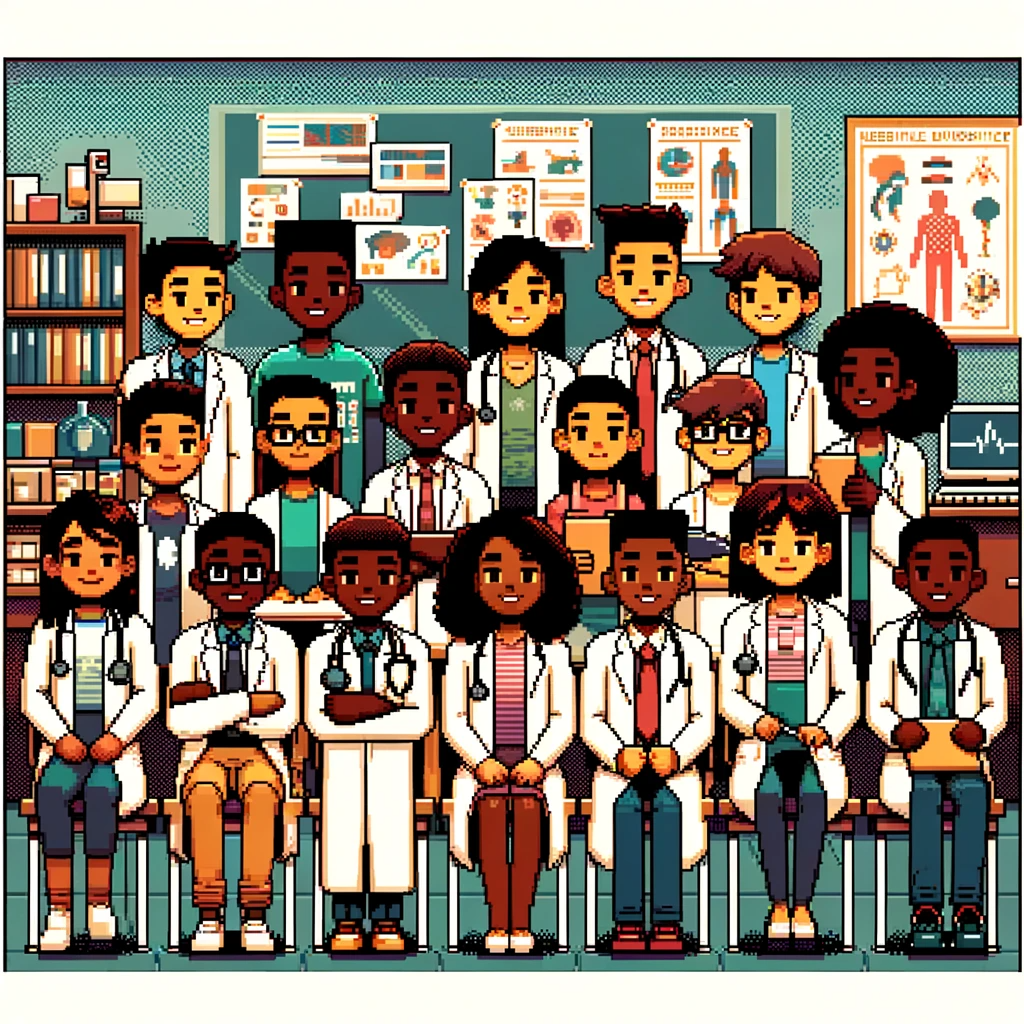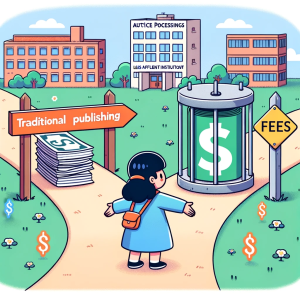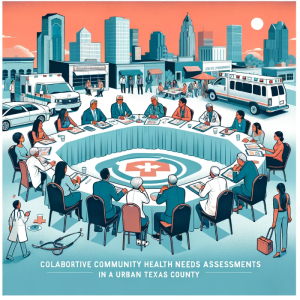
The Power of Enrichment Programs in Shaping Future Health Professionals
Programs like the New York Presbyterian Hospital Lang Youth Medical Program (LYMP) are leading the charge in a world increasingly conscious of healthcare disparities and the urgent need to diversify the healthcare workforce. A recent study titled Assessing the Impact of a 6-year health sciences enrichment program for underrepresented minority youth on healthcare workforce diversity, career path, and public health delves into the transformative power of such initiatives.
Background: A Diverse Workforce for Diverse Care
The LYMP addresses a critical issue: the underrepresentation of minority groups in healthcare professions. African-American and Hispanic doctors comprise less than 6% of the workforce.
Let’s repeat that.
Less than 6% of the workforce!
This gap is not just a matter of fairness or representation; it has real implications for the quality of care delivered to diverse populations. Studies have shown that a workforce reflective of the community it serves leads to improved access and quality of care, especially for underserved groups.
The Lang Youth Medical Program: A Beacon of Hope
Founded in 2003, LYMP targets high-achieving middle schoolers in New York’s Washington Heights and Inwood, predominantly inhabited by Black and Latinx communities. This six-year program offers a comprehensive curriculum including health career exploration, science enrichment, mentorship, and psychosocial support, intending to inspire and equip students for healthcare careers.
The Study: Measuring Impact and Unveiling Insights
Researchers conducted qualitative interviews with LYMP alumni, focusing on the program’s impact on their academic and career trajectories. The study revealed four key areas:
- Program Success: Alumni credited LYMP with nurturing vital skills like health literacy and resilience, shaping their professional paths.
- Intangible Benefits: Besides academic prowess, participants highlighted the program’s role in developing interpersonal skills and professional demeanor.
- Improvement Opportunities: While overwhelmingly positive, feedback also pointed to areas for enhancement, such as broadening the scope of healthcare careers introduced.
- External Factors: External influences, including family support and financial considerations, significantly impacted participants’ experiences.
Beyond the Classroom: The Ripple Effect
What stands out is the program’s holistic approach. It doesn’t just impart knowledge; it builds character, fosters resilience, and instills values that transcend professional life. Participants spoke of the program shaping their identities, their approach to challenges, and their sense of community and belonging.
Replication: A Blueprint for Change
The study suggests that LYMP’s model could serve as a blueprint for similar initiatives. By investing in education and professional development tailored to the needs of underrepresented communities, healthcare systems can make a tangible impact. This approach addresses workforce diversity and contributes to reducing healthcare disparities.
Public Health Implications: A Forward-Thinking Approach
Programs like LYMP are more than educational ventures; they are public health interventions. By empowering minority youth to pursue careers in healthcare, we’re not just diversifying the workforce; we’re potentially transforming healthcare delivery for underserved communities. These young professionals are likely to return to their communities, bringing a deep understanding of the specific health challenges and cultural nuances.
In Conclusion: A Step Towards Inclusive Healthcare
The study on LYMP underscores the potential of targeted educational programs in molding future healthcare leaders who are skilled, empathetic, and culturally competent. It’s a call to action for healthcare institutions to invest in similar programs, recognizing their role in shaping a healthcare system that truly serves all.



